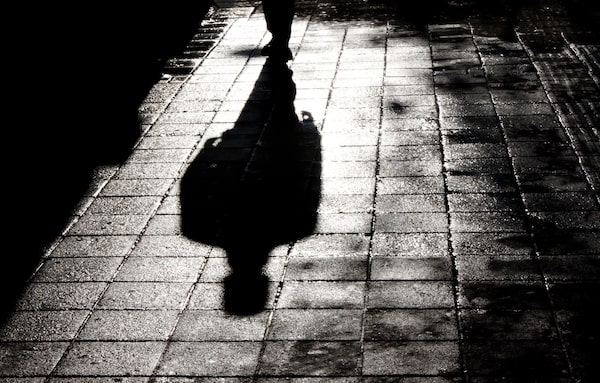
Go for a walk after dusk to search for shadows and identify which object is making the shadow.Alex Linch/iStockPhoto / Getty Images
Let’s Talk Science and the Royal Society of Canada have partnered to provide Globe and Mail readers with relevant coverage about issues that affect us all – from education to the impact of leading-edge scientific discoveries. Let’s Talk Science offers a number of fun activities to get youth engaged in STEM.
Take a walk after dark to find shadows.
What You Need
● A dark area with a light source (e.g. the moon, a street light, an outdoor building light, car lights, etc.)
*Safety first!
● Use caution when walking in dark places. Children should be accompanied by an adult for safety.
What to Do
- Go for a walk after dusk to search for shadows.
- As each shadow is found, identify the object that is making the shadow.
What’s happening?
To see a shadow, there must be a source of light and an object that blocks that light. Sources of light may be natural (sunlight or moonlight) or artificial (incandescent, fluorescent or halogen lighting). When an object blocks the beam of light shining on it, a shadow appears. The Sun is the major source of light for our planet. As the Sun shines on the Earth, a shadow is cast, creating the darkness that we experience at night. As the Earth rotates on its axis, different areas of light and dark are created, which we identify as day and night.
Why does it matter?
Shadows can be very useful. A shadow created by blocking the sunlight is also called shade. A sun umbrella, the brim of a hat or a visor in the front window of your car blocks light and creates a shadow. These items can help keep us cooler in high temperatures and protect our eyes from direct light, allowing us to see without difficulty. On a hot, sunny day, we may seek the shade of a big tree or a building to stay cooler.
Investigate further
● Take the same walk during the daytime. Are the shadows the same? What happens on a cloudy day?
● Try this walk as a search for shadows inside your home. Do shadows change when the light source changes?
Discover more free, English and French, Let’s Talk Science hands-on STEM activities, resources and events